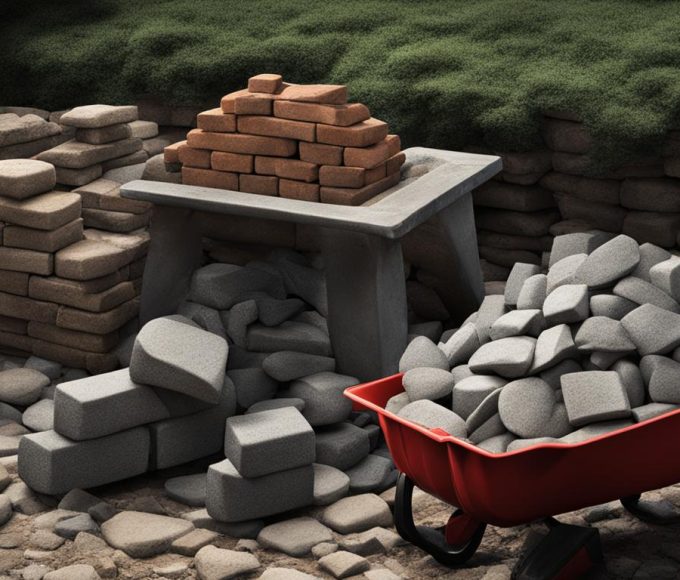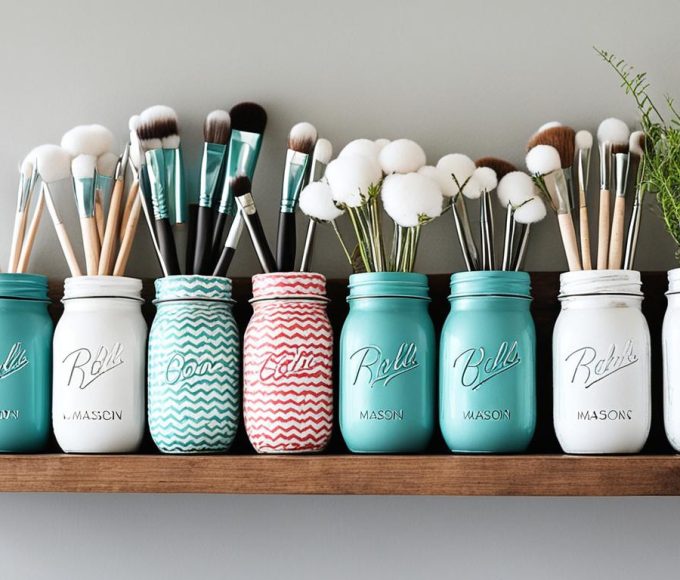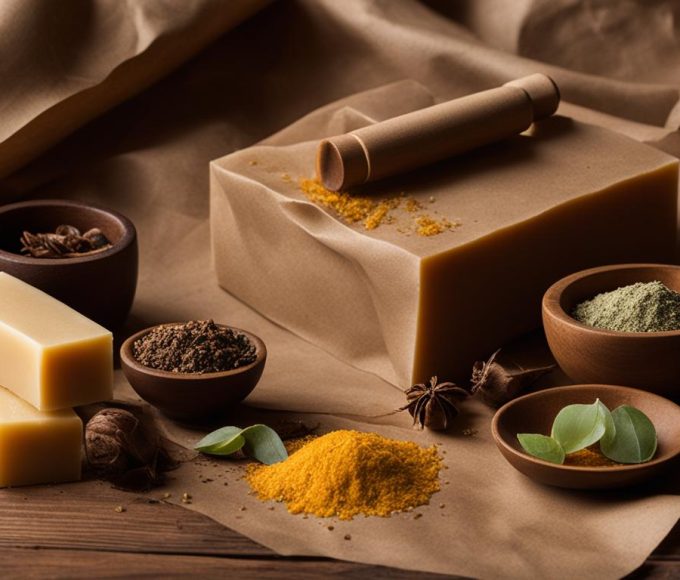Essential Tools for Every DIY Handyman
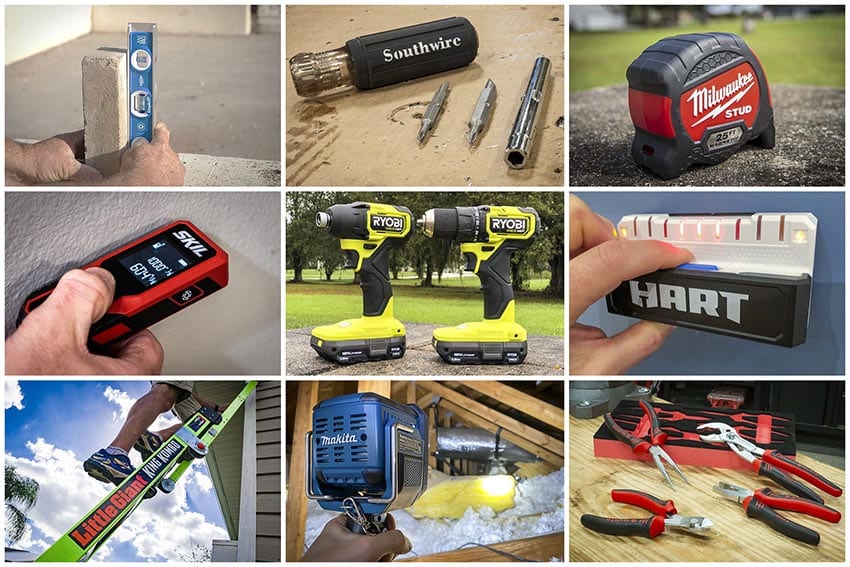
Are you a DIY enthusiast who loves taking on projects around the house? Whether you’re a beginner or a seasoned handyman, having the right tools is essential to get the job done right. So, let’s dive into the must-have tools for every DIY handyman.
1. Screwdriver Set
A screwdriver set is a versatile tool that you’ll use for countless projects. From assembling furniture to installing light fixtures, having a set of screwdrivers with various sizes and types of heads is a must.
2. Hammer
A reliable hammer is a staple in any DIY toolbox. This tool comes in handy for tasks like hanging pictures, assembling wooden furniture, or even minor repairs. Opt for a hammer with a comfortable grip and a claw for removing nails.
3. Tape Measure
Measure twice, cut once! A tape measure is indispensable for accurate measurements in any project. Whether you’re building a bookshelf or simply hanging curtains, a reliable tape measure will be your best friend.
4. Power Drill
A power drill is a game-changer for any DIY handyman. It allows you to effortlessly drill holes and drive screws, making tasks like hanging shelves or assembling cabinets a breeze. Look for a drill with multiple speed settings and a comfortable grip.
5. Utility Knife
A sharp utility knife is a must-have tool for cutting materials like cardboard, carpet, or even opening packages. It’s a versatile tool that you’ll find yourself reaching for time and time again.
6. Level
Don’t let crooked shelves ruin your project. A level ensures that everything you install is perfectly straight. Whether you’re hanging a picture frame or mounting a TV, a level is essential for achieving a professional-looking finish.
7. Pliers
Pliers are versatile tools that come in handy for various tasks. From gripping and bending wires to tightening nuts and bolts, having a set of pliers in your toolbox is essential for any DIY project.
8. Safety Gear
Lastly, never forget about safety! Safety glasses, gloves, and a dust mask are vital for protecting yourself while working on DIY projects. Always prioritize your safety and well-being.
Having these essential tools in your DIY arsenal will set you up for success with any project you undertake. Remember, invest in quality tools, and they will last you a lifetime. So, gather your tools, roll up your sleeves, and let your DIY adventures begin!
Top DIY Projects for Beginners
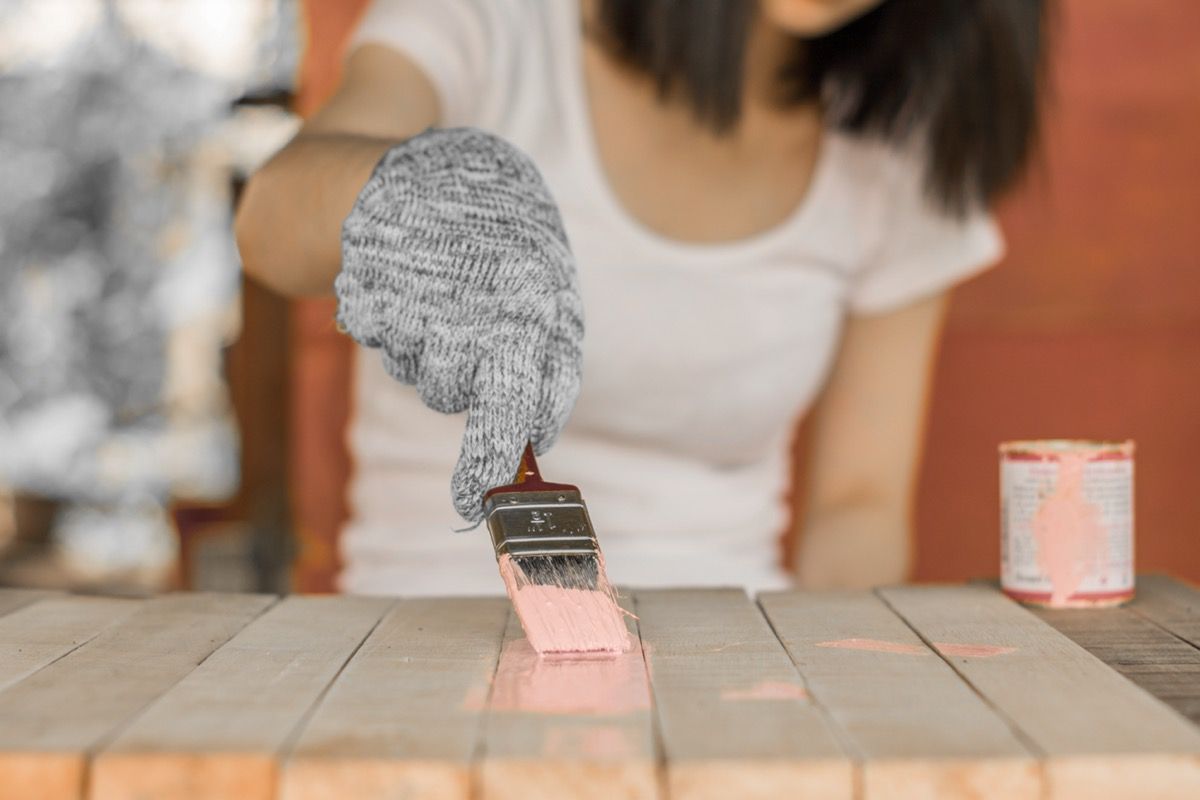
Are you feeling the itch to tackle some home improvement projects but don’t know where to start? Don’t worry, we’ve got you covered! Here are some top DIY projects that are perfect for beginners.
1. Paint a Room
One of the easiest and most rewarding DIY projects for beginners is painting a room. Not only does it instantly freshen up your space, but it also allows you to express your personal style. Start by choosing a color that complements your furniture and décor. Remember to prep the walls by cleaning and filling any holes before you begin. And don’t forget to cover your floors and furniture to protect them from paint splatters!
2. Install a Floating Shelf
Installing a floating shelf is a great way to add extra storage without taking up valuable floor space. It’s a simple project that only requires a few basic tools and materials. Start by measuring and marking the desired location for your shelf. Then, using a level, attach the brackets to the wall. Finally, slide the shelf onto the brackets and voila! You have a stylish and functional addition to your home.
3. Create a Vertical Garden
If you’re looking to bring some greenery into your home but don’t have a lot of space, a vertical garden is the perfect solution. This DIY project allows you to use vertical wall space to grow plants and herbs. Start by selecting a wall or fence that gets plenty of sunlight. Then, attach planters or hanging pots to create your garden. Don’t forget to choose plants that thrive in your specific climate and follow proper watering and care instructions.
4. Build a Bookshelf
For those who love to read or have a growing book collection, building a bookshelf is a fun and practical DIY project. You can customize the size and design to fit your space and personal style. Start by gathering the necessary materials and tools, such as wood, screws, and a saw. Measure and cut the pieces according to your desired dimensions, then assemble and secure them together. Finally, sand, paint, or stain the bookshelf for a polished finish.
5. Update Cabinet Hardware
Want to give your kitchen or bathroom a quick and affordable makeover? Updating the cabinet hardware can make a big difference in the overall look and feel of the space. Start by removing the old hardware with a screwdriver. Then, choose new knobs or pulls that match your desired style. Finally, attach the new hardware using the provided screws. It’s a simple project that can be completed in just a few hours.
Remember, the key to successful DIY projects is to start small and build your skills over time. Don’t be afraid to ask for help or consult online tutorials if you encounter any challenges. With a little patience and determination, you’ll be amazed at what you can accomplish!
Troubleshooting Common DIY Mistakes

Embarking on a DIY project can be both exciting and rewarding. However, it’s not uncommon for even the most experienced DIYers to encounter a few hiccups along the way. Don’t fret! In this article, we’ll explore some common DIY mistakes and provide you with expert tips to troubleshoot and overcome them.
1. Measurement Mishaps
One of the most prevalent DIY mistakes is inaccurate measurements. Whether it’s cutting a piece of wood too short or misjudging the spacing between objects, these errors can quickly derail your project. To avoid this, always double-check your measurements before making any cuts or installations. Use a reliable measuring tape and mark the measurements clearly.
2. Lack of Proper Planning
Jumping headfirst into a DIY project without proper planning is a recipe for disaster. Take the time to research and gather all the necessary materials and tools before you begin. Create a detailed plan and timeline to guide your progress. This will help you stay organized and ensure that you have everything you need to complete the project successfully.
3. Ignoring Safety Precautions
When it comes to DIY, safety should always be a top priority. Neglecting safety precautions can lead to accidents and injuries. Always wear protective gear such as goggles, gloves, and a dust mask when necessary. Follow the manufacturer’s instructions for tools and equipment and use them properly. If you’re unsure about a specific safety measure, consult an expert or seek guidance from reliable sources.
4. Rushing Through the Project
DIY projects require patience and attention to detail. One common mistake is rushing through the process, which often leads to subpar results. Take your time and work diligently, following each step carefully. Remember, a well-executed DIY project is worth the extra time and effort.
5. Poor Paint Preparation
If you’re planning to paint as part of your DIY project, it’s essential to prepare the surface properly. Failing to clean or prime the surface can result in a paint job that doesn’t adhere well or looks uneven. Before painting, make sure to clean the surface thoroughly, sand it if necessary, and apply a suitable primer. This will ensure a smooth and professional-looking finish.
6. Overcomplicating the Project
Attempting a complex DIY project without the necessary skills or experience can lead to frustration and disappointment. It’s crucial to assess your abilities realistically and choose projects that align with your skill level. Start with simple projects and gradually challenge yourself as you gain confidence and expertise. Don’t be afraid to ask for help or seek guidance from more experienced DIYers.
By being aware of these common DIY mistakes and taking the necessary precautions, you can avoid potential pitfalls and achieve successful results. Remember, practice makes perfect, and with each project, you’ll continue to improve your DIY skills. Happy DIYing!
Expert Tips for Successful DIY Projects

Embarking on a do-it-yourself project can be both exciting and daunting. Whether you’re a seasoned DIY enthusiast or a beginner just starting out, there are always ways to improve your skills and ensure successful results. Here are some expert tips to help you take your DIY projects to the next level:
1. Plan and Research
Before diving headfirst into any DIY project, it’s crucial to plan and research thoroughly. Take the time to understand the project requirements, gather the necessary tools and materials, and create a step-by-step plan. This will not only save you time and frustration but also help you avoid costly mistakes.
2. Invest in Quality Tools
Having the right tools is essential for any DIY project. Investing in quality tools may seem like an additional expense, but it will make your projects much more efficient and professional-looking. From basic tools like a hammer and screwdriver to more specialized equipment, ensure you have the necessary tools for the job.
3. Safety First
When it comes to DIY projects, safety should always be a priority. Make sure to wear appropriate protective gear such as safety goggles, gloves, and a dust mask when working with potentially hazardous materials or tools. Additionally, follow all safety guidelines and instructions provided with your tools and equipment.
4. Take Measurements and Double-Check
One of the most common mistakes in DIY projects is inaccurate measurements. Before cutting materials or assembling parts, take precise measurements and double-check them. This will help ensure a perfect fit and prevent any unnecessary wastage or rework.
5. Start with Small Projects
If you’re new to DIY, it’s best to start with small, manageable projects. Building your skills and confidence gradually will prevent overwhelm and increase your chances of success. As you gain experience, you can tackle more complex projects with ease.
6. Learn from Mistakes
Don’t be discouraged by mistakes or setbacks. In fact, learning from them is an essential part of becoming a successful DIY enthusiast. Analyze what went wrong, understand why it happened, and find ways to avoid similar mistakes in the future. With each project, you’ll become more skilled and knowledgeable.
7. Seek Expert Advice
Never hesitate to ask for help or seek advice from experts. Online forums, DIY communities, and even local hardware stores are great resources for getting guidance and tips. Don’t be afraid to reach out and tap into the expertise of others who have already mastered the craft.
8. Take Breaks and Stay Patient
DIY projects can be time-consuming and mentally demanding. It’s important to take regular breaks to prevent burnout and maintain focus. Remember, patience is key. Rushing through a project can lead to mistakes and unsatisfactory results. Take your time, enjoy the process, and celebrate your accomplishments along the way.
By following these expert tips, you’ll be well on your way to successful DIY projects. Remember, practice makes perfect, so keep honing your skills, exploring new projects, and enjoying the satisfaction of creating something with your own hands.





